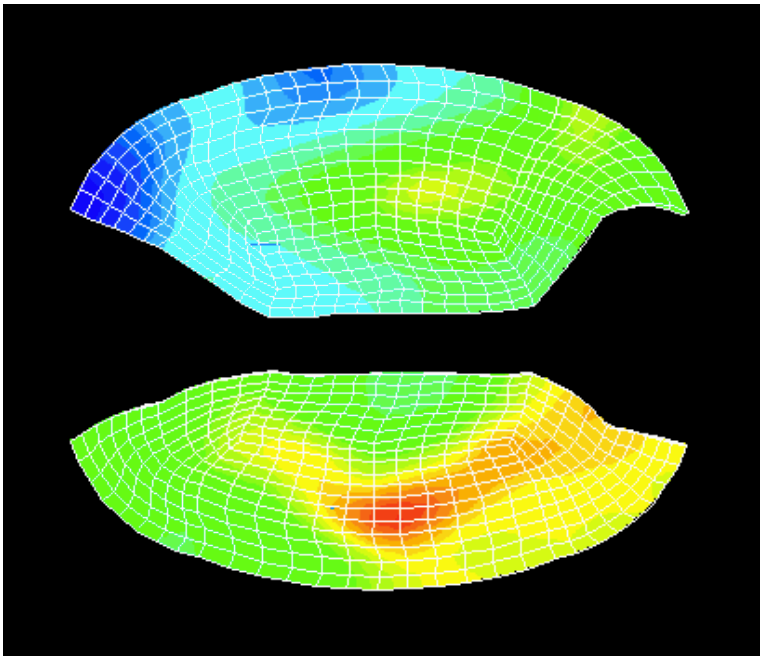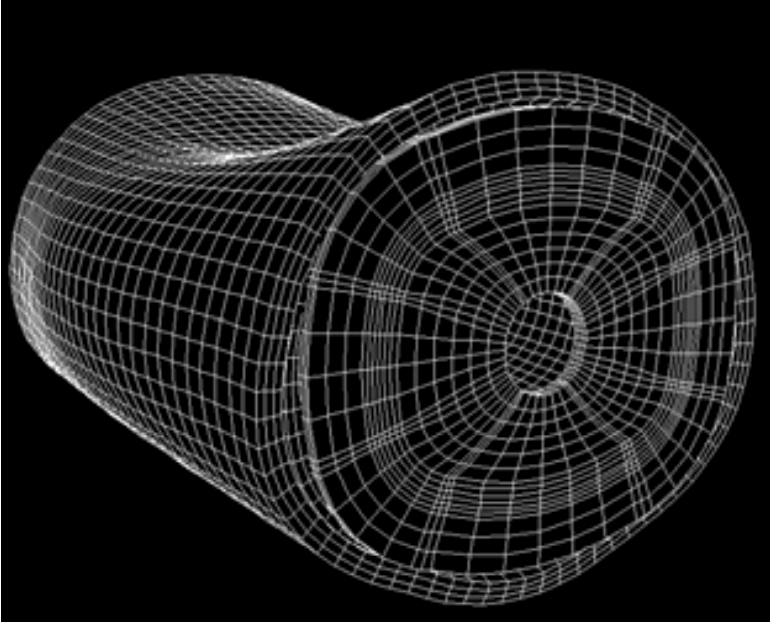-
Client
Defence Science and Technology Laboratory (DSTL)
-
Business need
To assess injury to personnel and the benefits of protection systems without recourse to animal surrogates.
-
Why Frazer-Nash?
Frazer-Nash has many years experience of modelling injury to personnel and the design of specialist test rigs
The challenge
To support the understanding of injury from extreme events such as car crashes or explosions, it has often been necessary to use animals as a surrogate for the human in trials.
Recognising the ethical, legal and financial implications of this practice, the MoD embarked on a programme to develop mechanical test rigs and computer models to simulate the human exposed to blast threats, and reduce the need for animal tests. However, the human body is complex and developing test equipment to accurately replicate the human response is a challenging area requiring extensive research.
Our solution
Frazer-Nash has supported the MoD’s research programme into understanding injury and protection of service personnel for many years. Addressing this particular issue, we supported the initial design and subsequent development of a new mechanical surrogate, called the Thoracic Rig. The rig was required to realistically represent the response of a pig thorax to explosions, and thereby reduce the need to use live animals in tests. We used computer models to assist in development of the rig.



